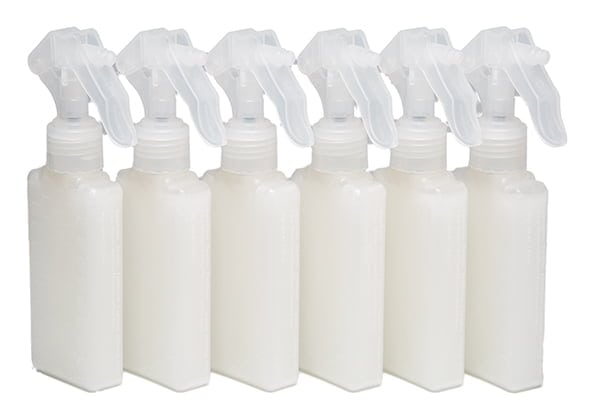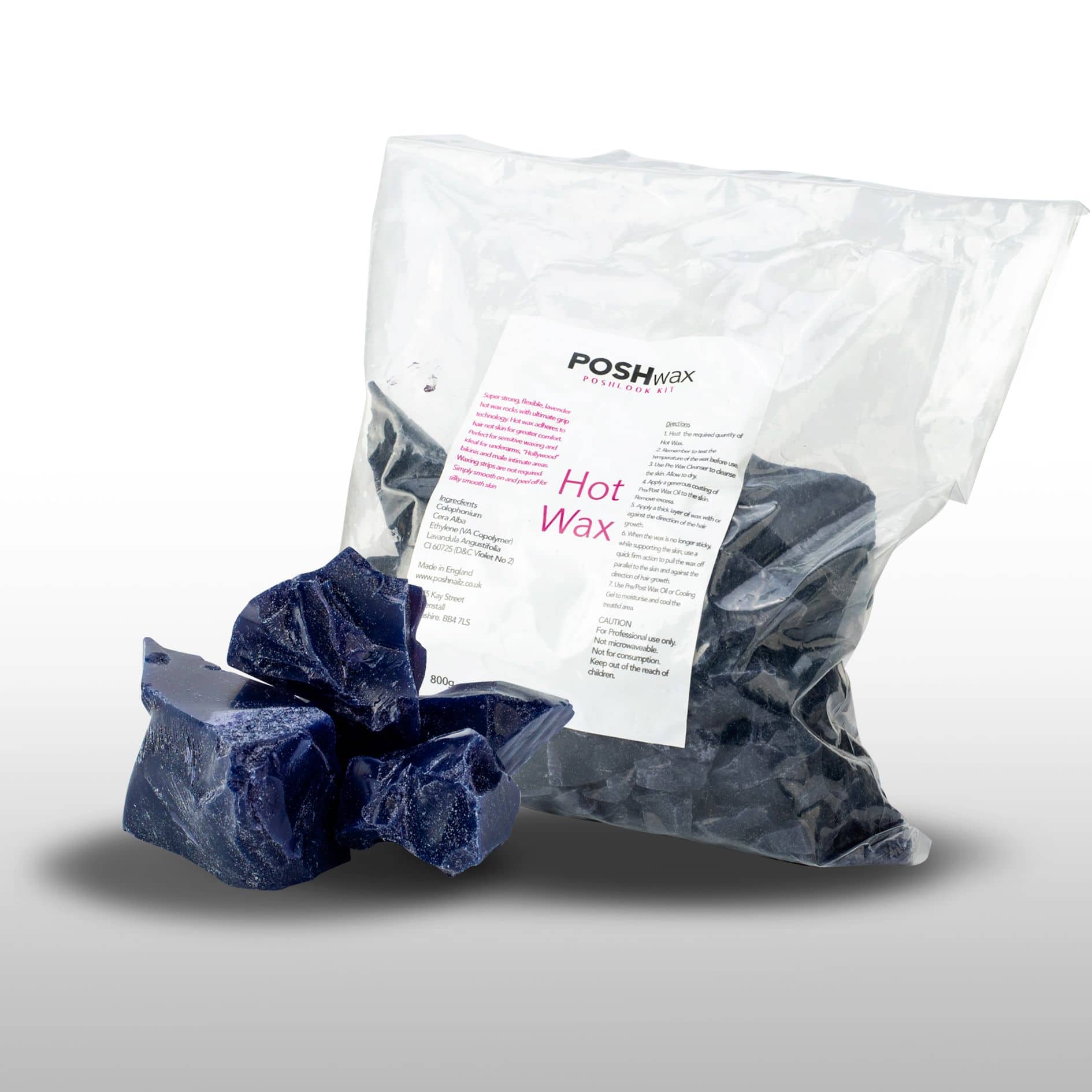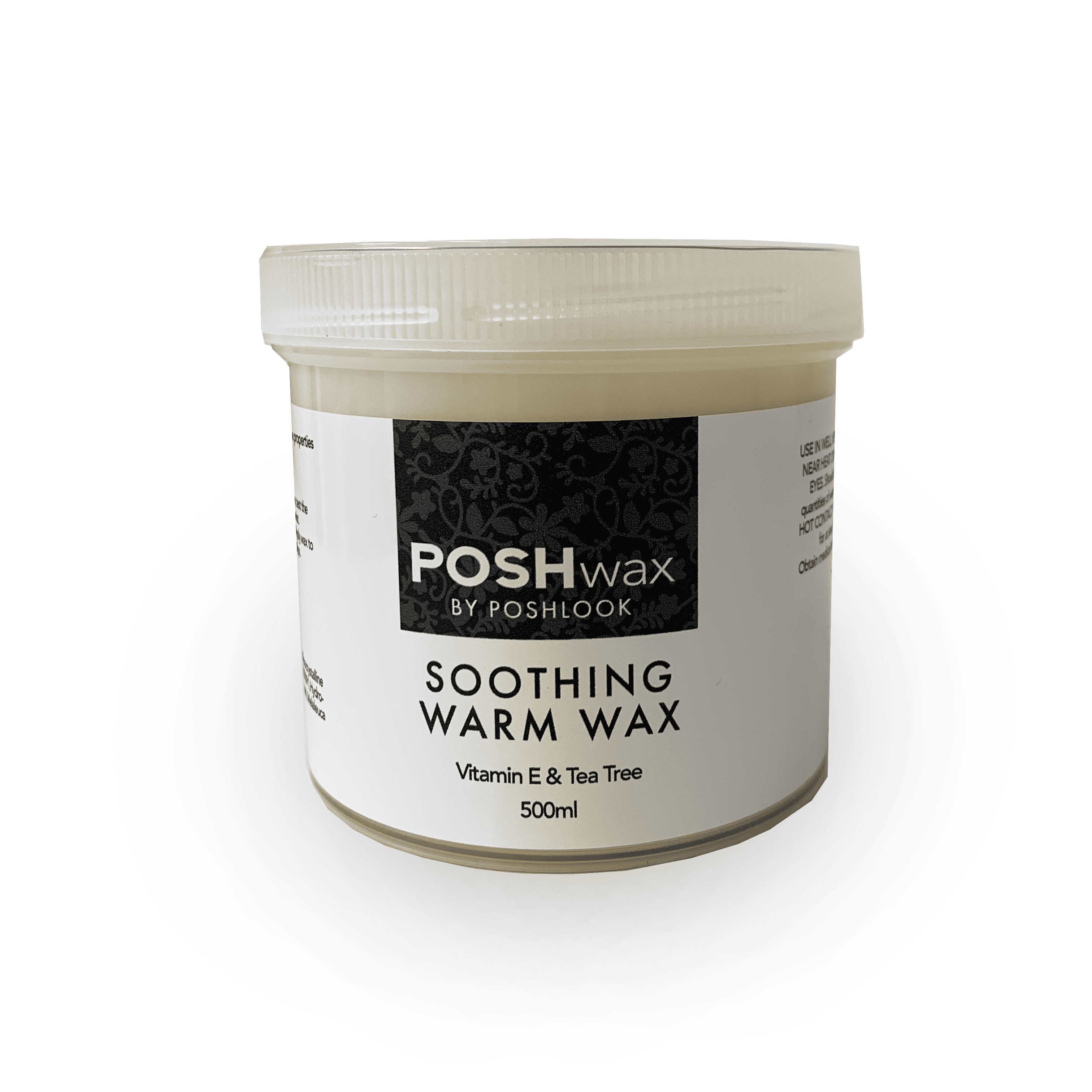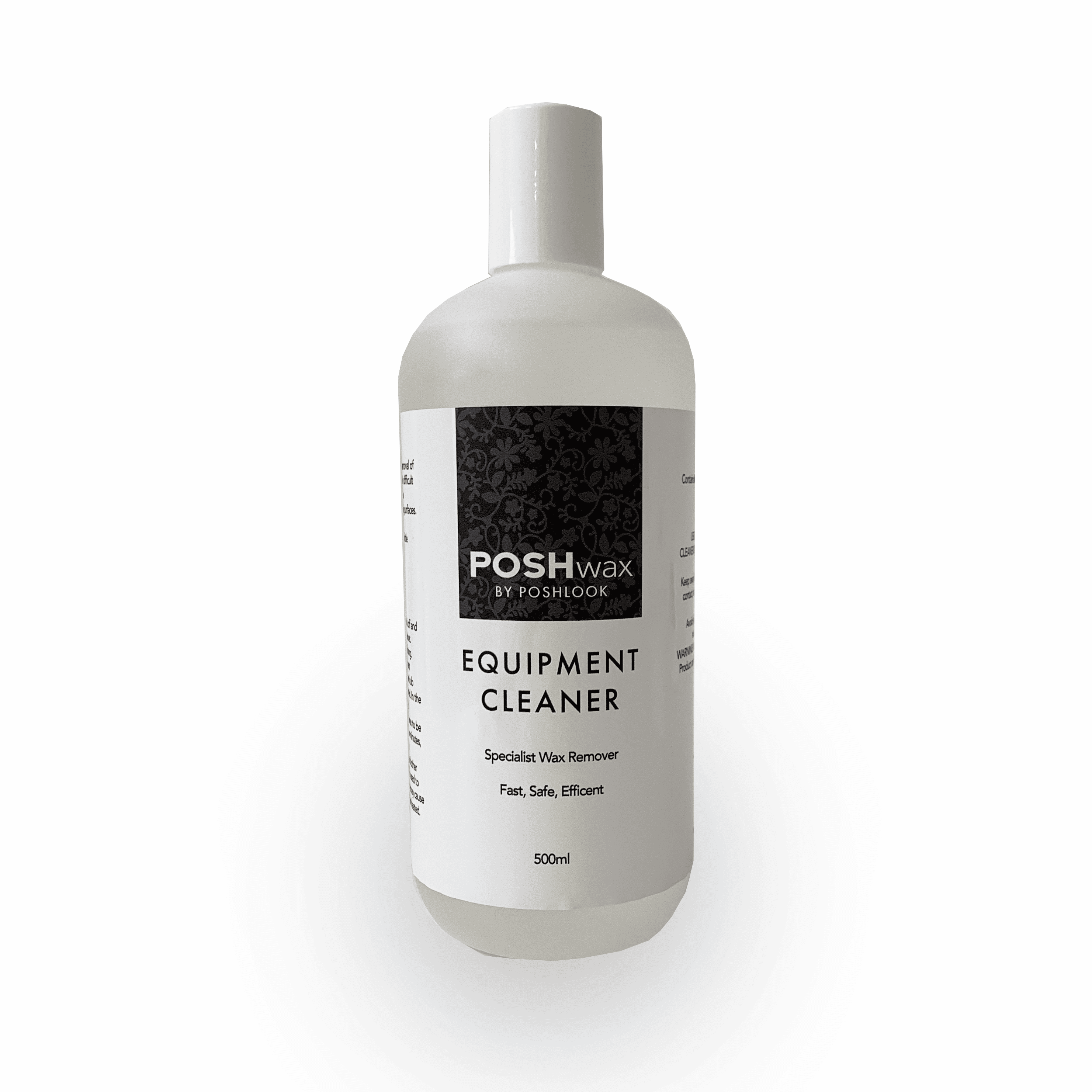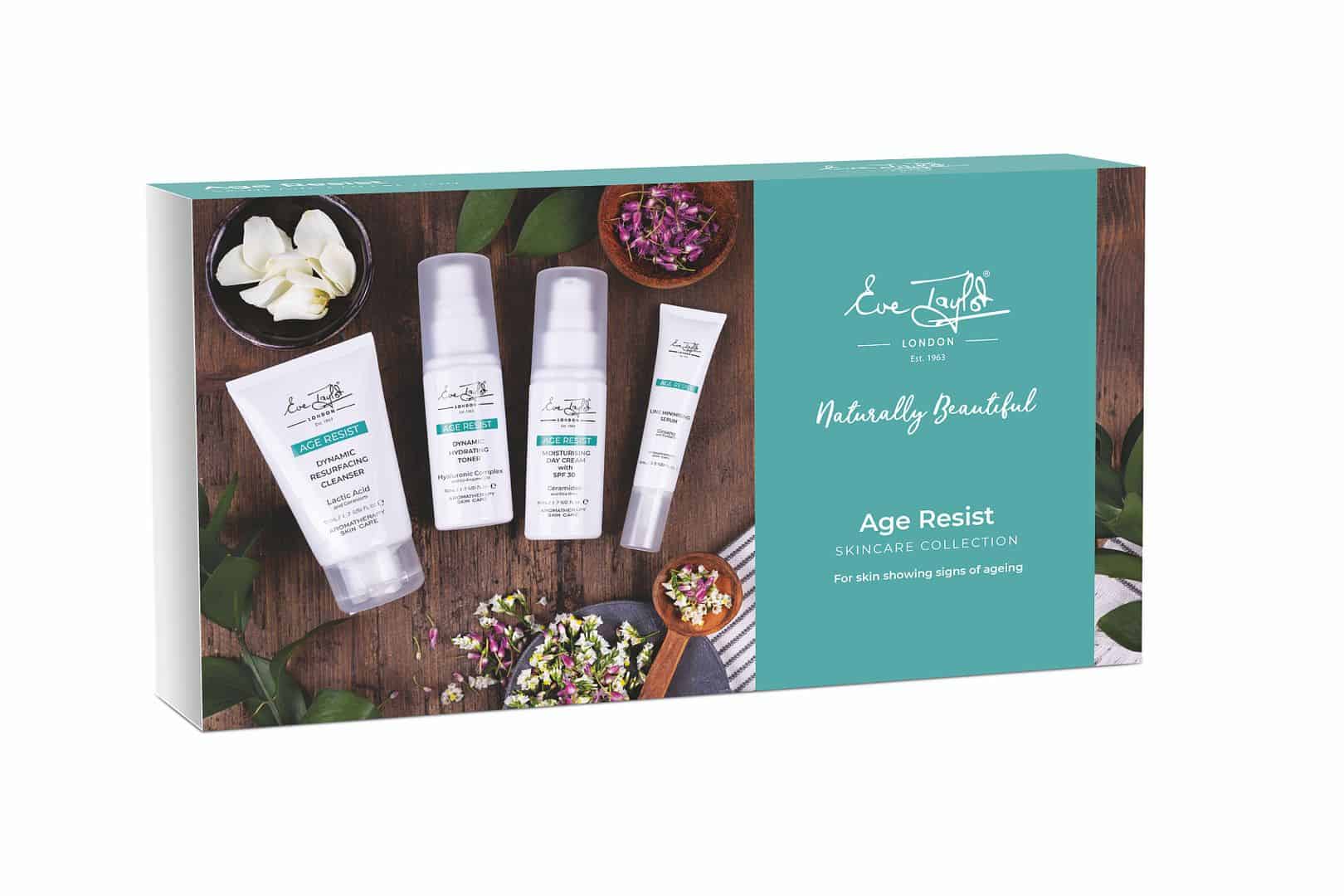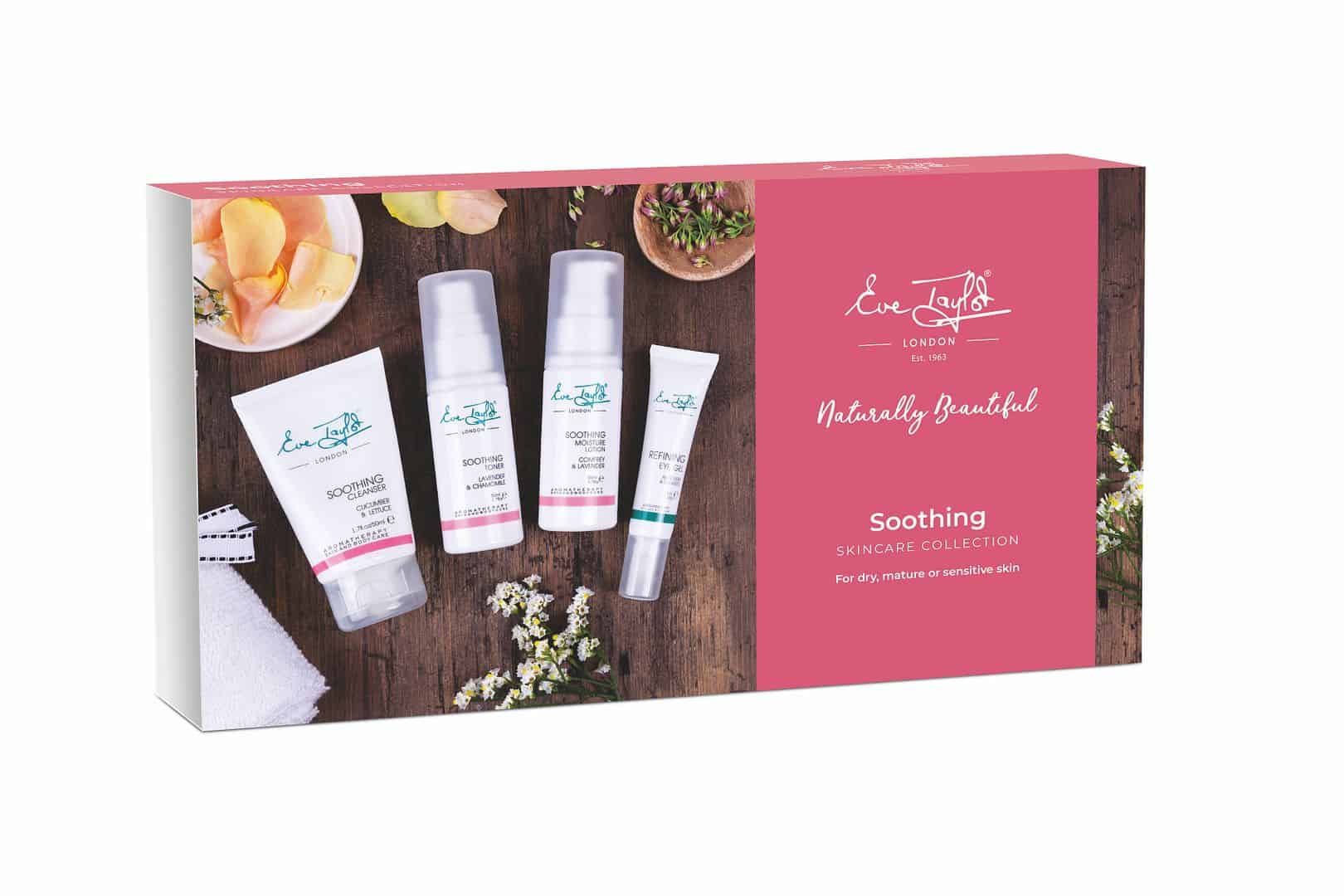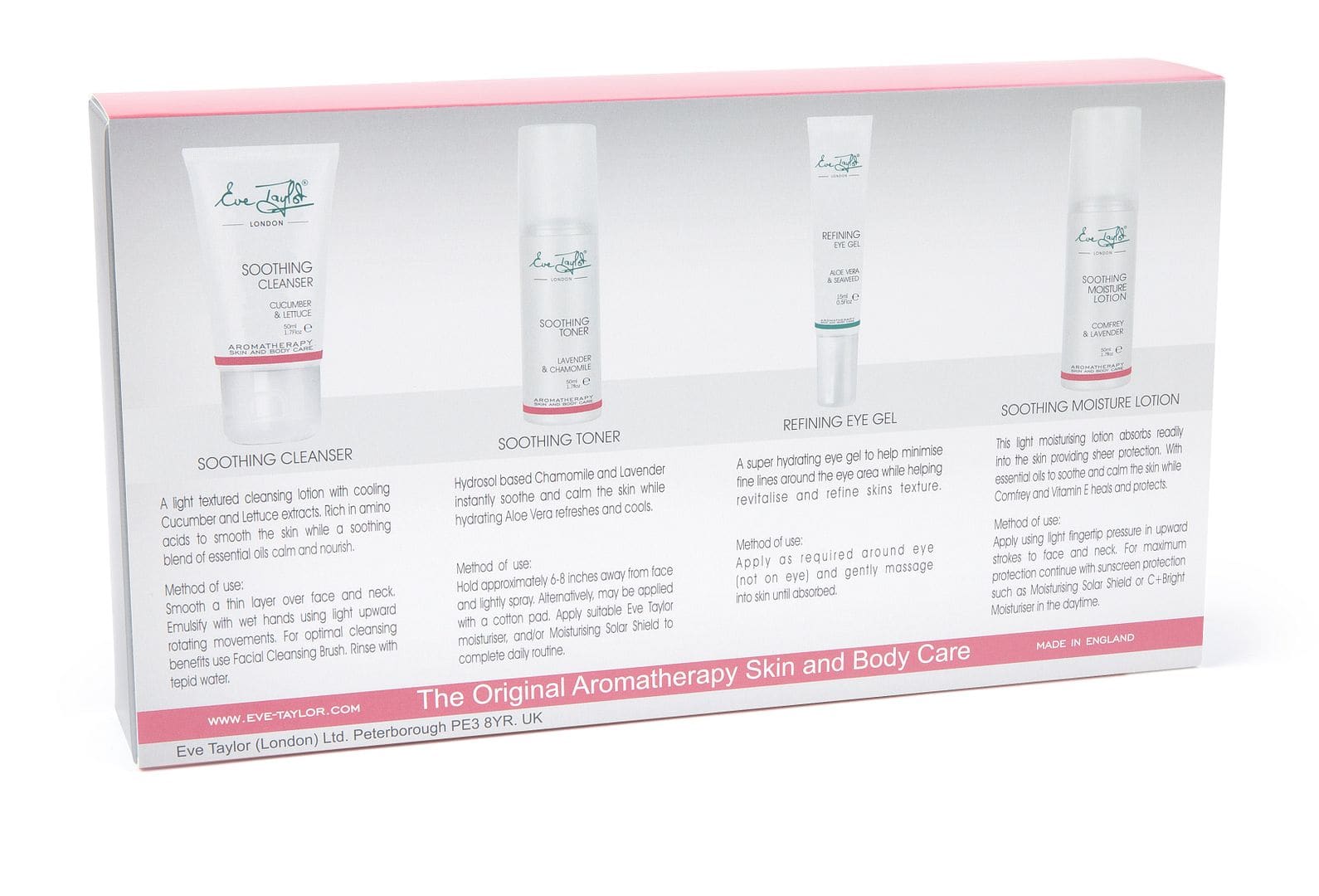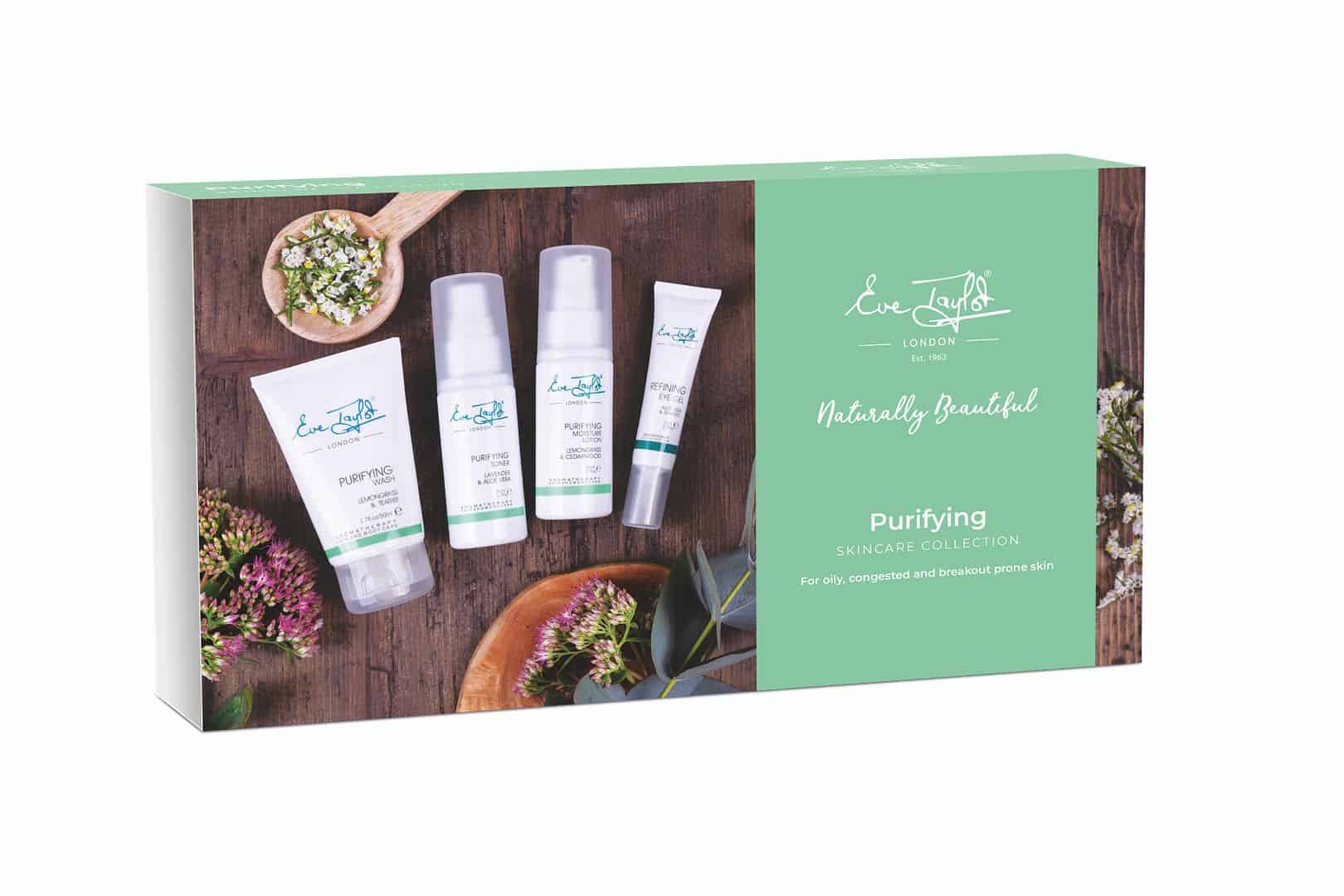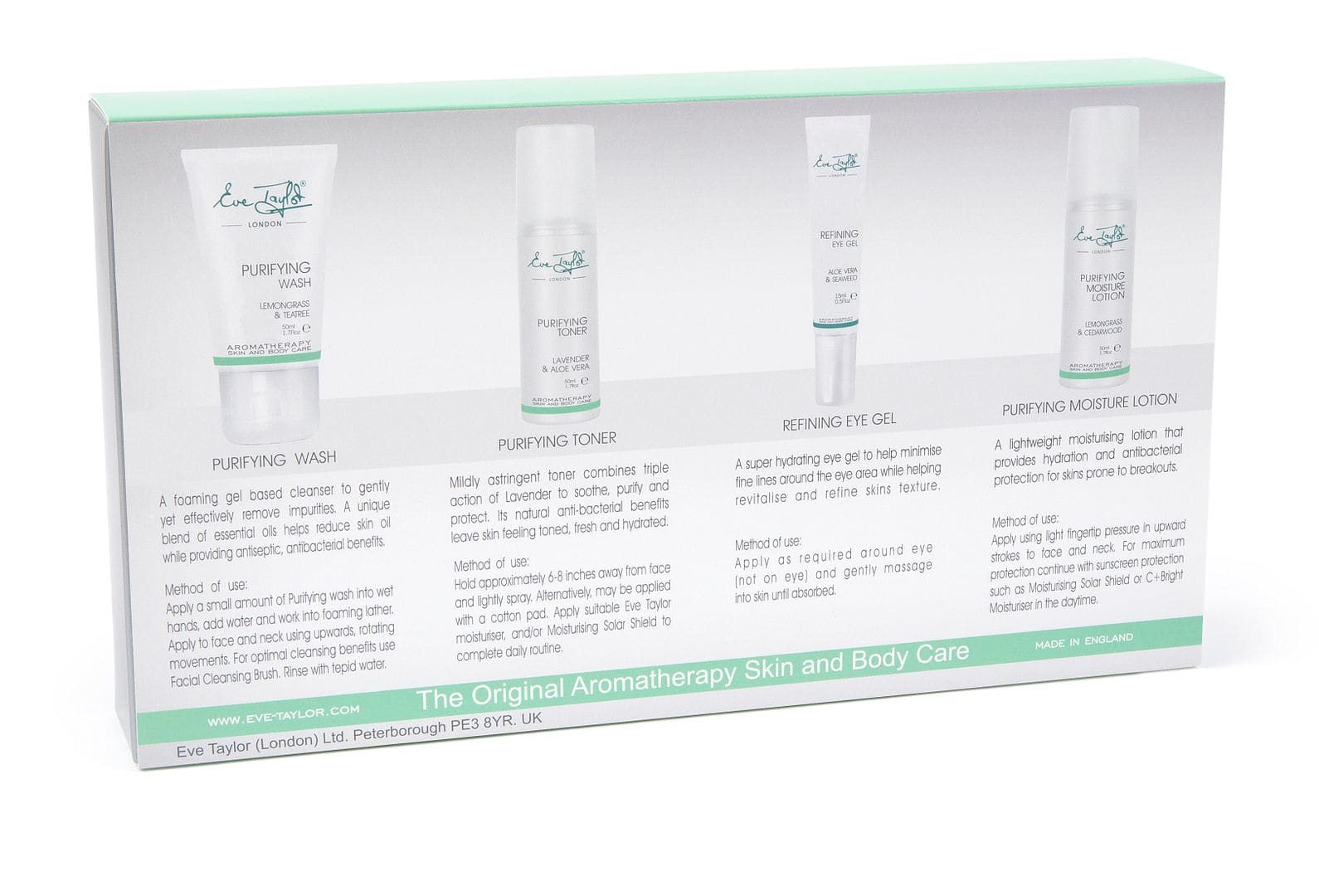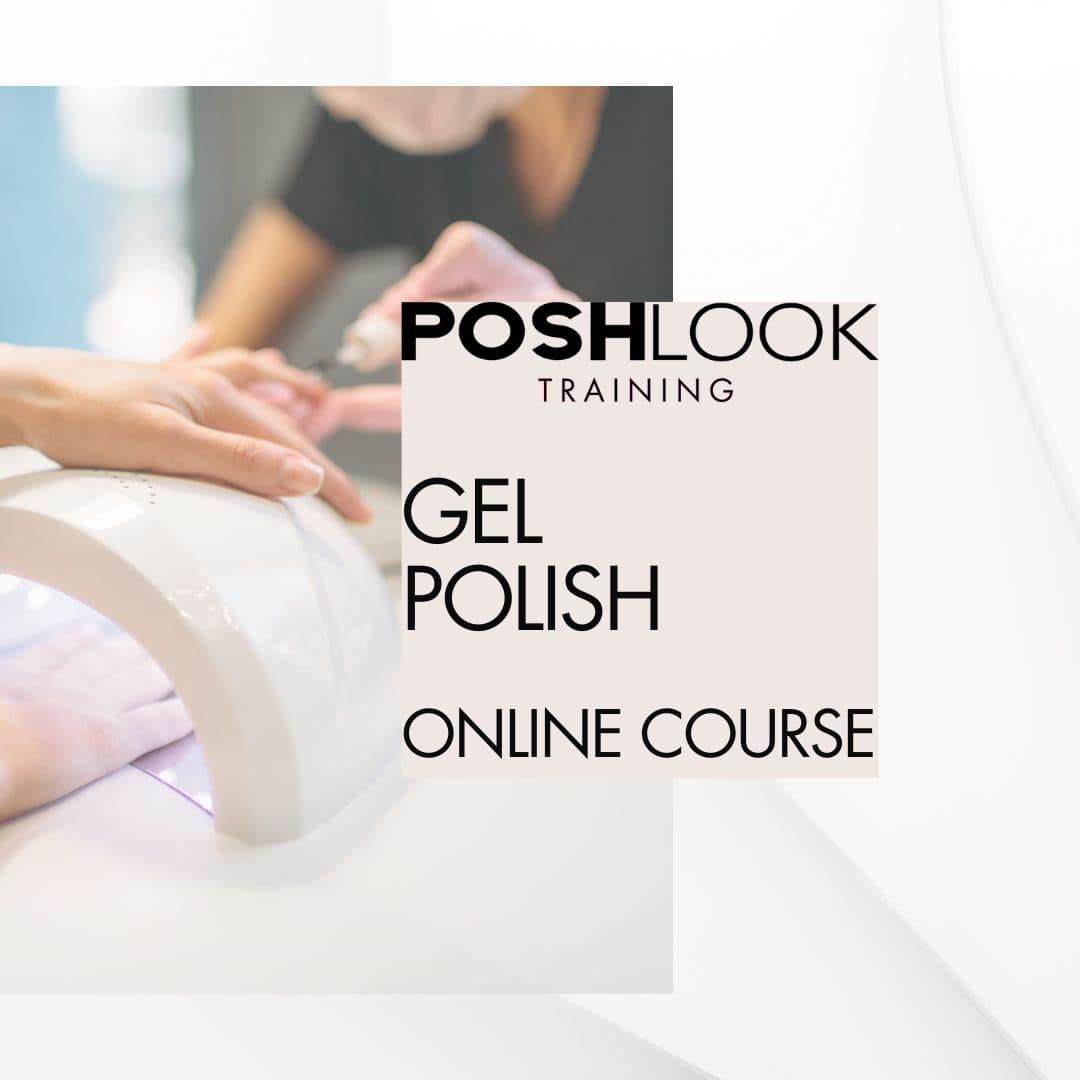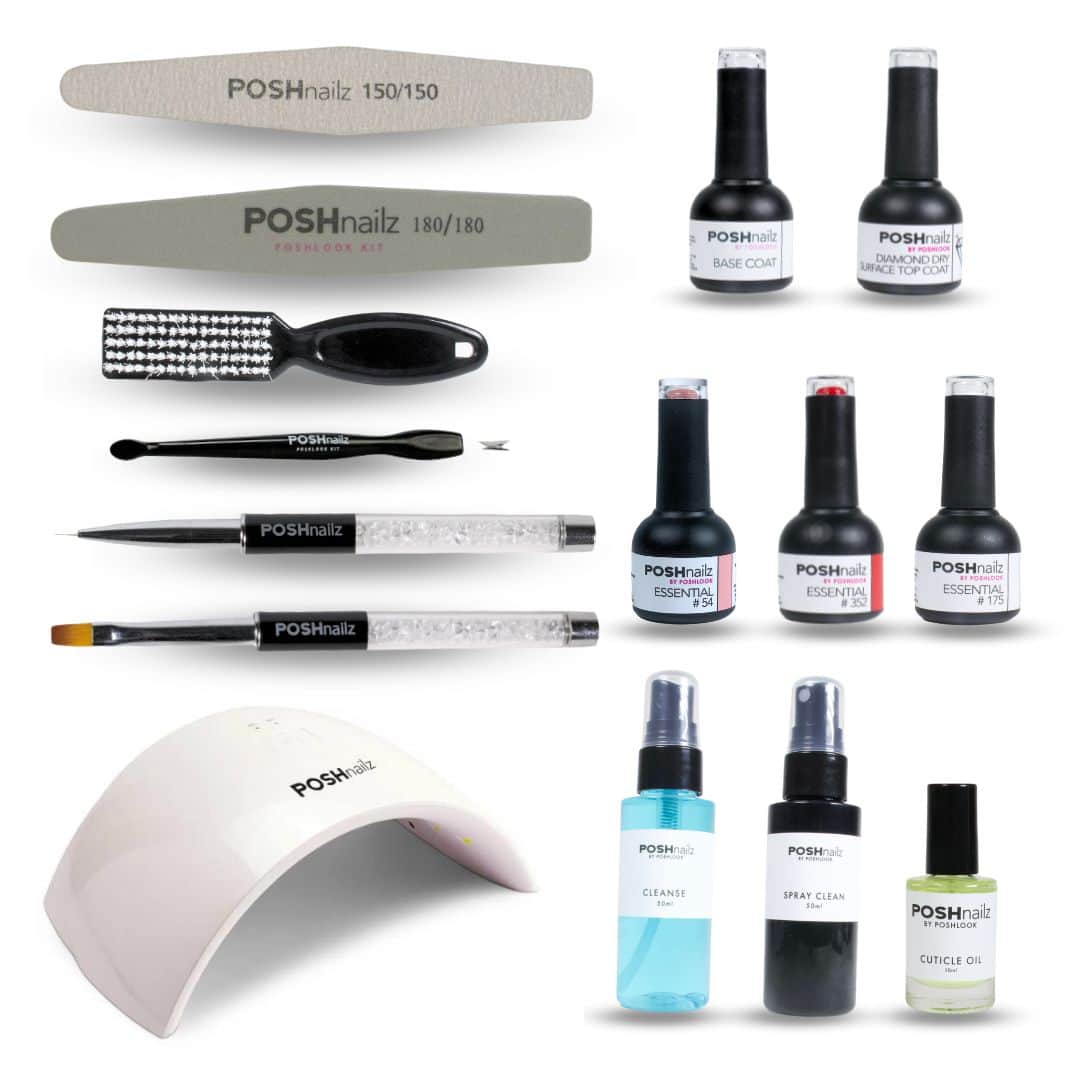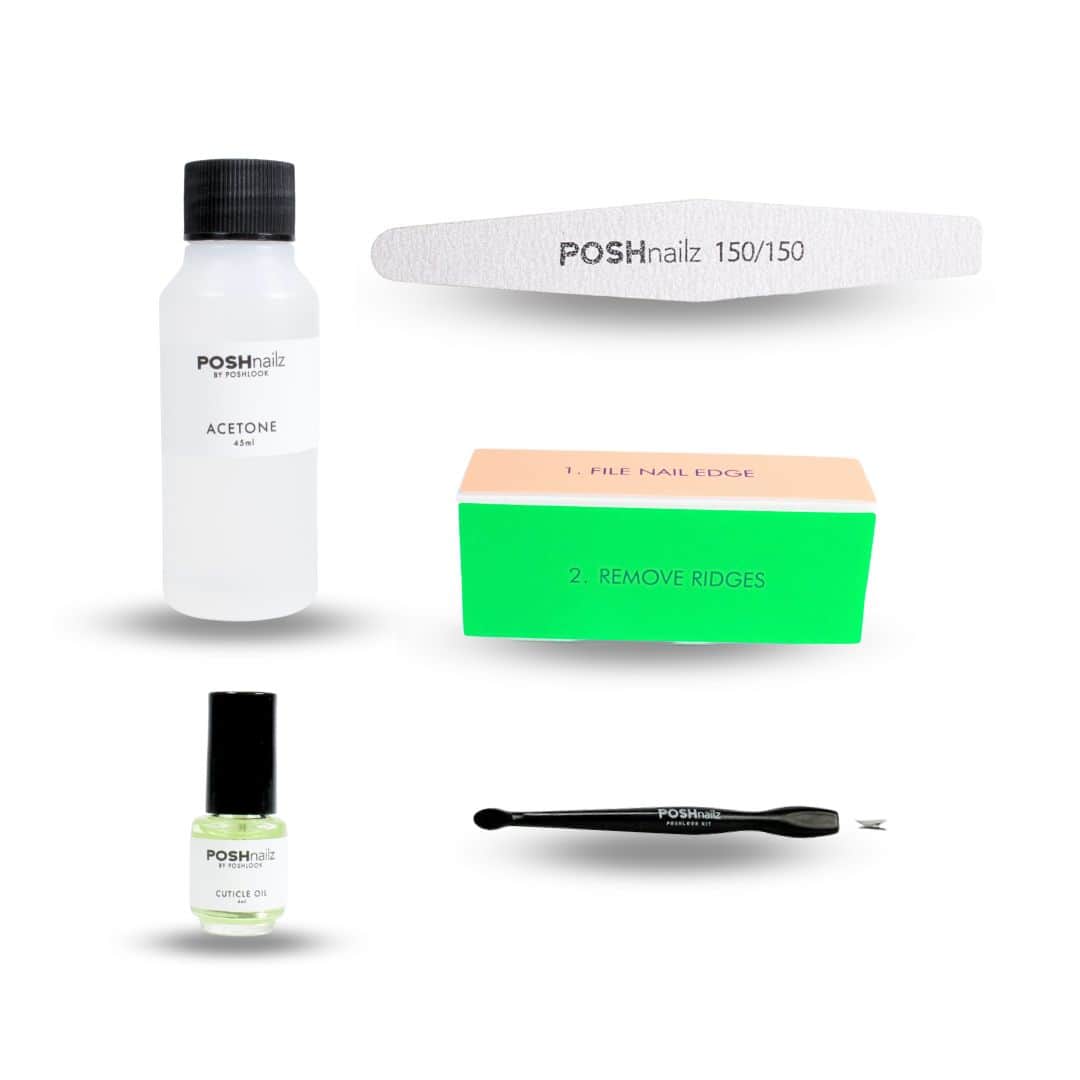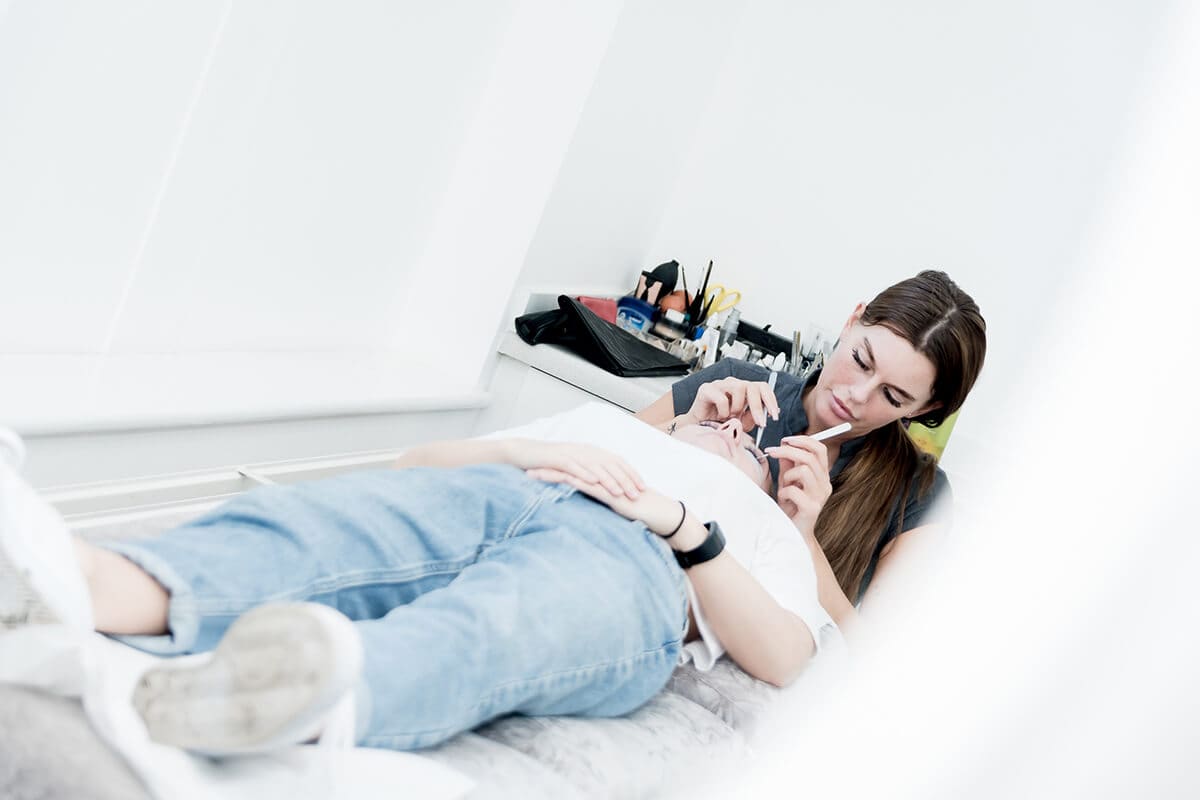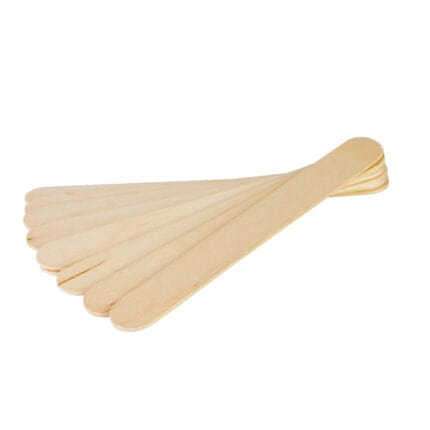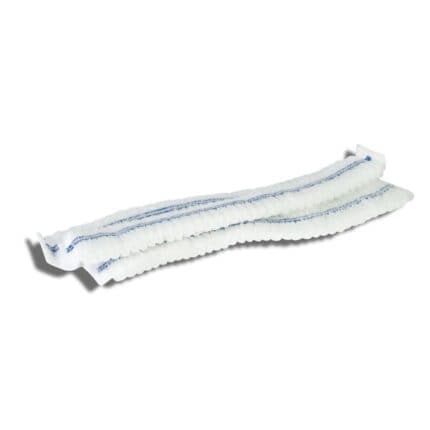[vc_row][vc_column][vc_column_text]
Beauty therapists perform a wide range of tasks on a daily basis including waxing, lash extensions, tanning and massage. Working all over the body on sensitive areas comes with a responsibility to deliver a hygienic and safe service every time.
If beauty therapists let their hygiene standards slip, it can lead to nasty infections caused by cross-contamination or bacteria ridden equipment. Nobody wants to go to the salon for a relaxing massage and leave with a skin infection! Luckily for you, we’re here to help you understand the various ways you can maximise your hygiene in beauty therapy treatments. We’ll cover:
- Why Is Hygiene In Beauty Therapy Important?
- Sanitising Equipment
- Hygienic Treatments
Why Is Hygiene In Beauty Therapy Important?
[/vc_column_text][vc_single_image image=”4394″ img_size=”full” alignment=”center”][vc_column_text]As in all industries, hygiene is a top priority for keeping employees and clients safe. When it comes to hygiene in beauty therapy, you need to take even more precautions to ensure that your clients are in safe hands.
Not only do strict cleaning measures protect you and your clients, but beauty therapists are legally required to ensure they maintain high standards. If you don’t follow the guidelines of the Safety at Work Act and the Environmental Health Office you could end up having your salon closed down, leaving your reputation in tatters.
Infections can occur in many ways – passed through touch, unclean surfaces, dirty equipment and open wounds. Cross-contamination is the biggest risk in a beauty salon as you work from client to client using the same equipment. Therefore, you must take an organised approach to cleaning so you don’t end up with a long list of unhappy clients with the same infection.
If you own a salon, make sure you check out our ‘Top Tips to Improve Salon Hygiene’ so you can ensure your whole premises is safe.
Sanitising Equipment
[/vc_column_text][vc_single_image image=”4333″ img_size=”full” alignment=”center”][vc_column_text]It’s super important to make sure your equipment is disinfected and sanitised before every treatment. As mentioned, using dirty equipment from person to person can lead to cross-contamination which can have nasty consequences.
First things first, you need to have a mixture of single-use and multi-use items in your kit:
Single-Use Items
This includes everything that you use once and then dispose of safely. A beauty therapist has many disposable items in their kit as a lot of equipment is used on sensitive areas of the body. For example, wooden spatulas, waxing strips, cotton pads, eyelash extensions, tanning knickers and couch rolls are all designed to be used once and thrown away.
Multi-Use Items
This includes any items that can be cleaned and used again on multiple clients. For example, you don’t want to fork out on new tweezers, waxing heaters and tanning guns every time you have a new client! Therefore, beauty therapists can take three steps to clean, disinfect and sanitise their multi-use items so they’re safe to use on every client:
- Clean – washing your equipment with antibacterial soap and warm water will remove any visible dirt and debris left behind. If you skip this step, the quality of your disinfecting and sanitising will be poor and leave your client open to the risk of infection.
- Disinfect – use Posh Look Spray Clean to wipe down your equipment and remove the millions of invisible microorganisms on the surface. Our Spray Clean is portable so it’s perfect for those times when you’re on the go or need to wipe down your equipment quickly.
- Sanitise – this step is important for aestheticians who use equipment that penetrates into the skin as it exterminates any remaining bacteria using heat. You must take extra precautions when working with deeper layers of the skin as bacteria can enter the body more easily. You can sanitise equipment with boiling water and heat vapour.
Always remember to store equipment in a safe and clean environment once you’ve disinfected everything. It’s pointless to spend all that time on a rigorous cleaning routine to then store the equipment in a dirty place. Wipe down your bag or drawer with antibacterial wipes. Ensure your containers aren’t airtight, as this can encourage the growth of bacteria. [/vc_column_text]
Hygienic Treatments
[/vc_column_text][vc_single_image image=”3389″ img_size=”full” alignment=”center”][vc_column_text]Hygiene in beauty therapy doesn’t just end with cleaning your equipment, you must also learn how to perform a safe and hygienic treatment. We’ve outlined the steps you can take to protect yourself and your client before, during and after beauty treatments.
Before
Consultation – performing a client consultation before the treatment is helpful for managing client expectations. You can also find out if they have any allergies or pre-existing conditions. At this point, you decide whether it’s safe to carry on with the treatment.
Patch Test – perform a patch test 24 hours before treatments, such as waxing and eyelash extensions, to check if the client is allergic to the wax or glue you use. This will protect you from any potential lawsuits and protect the client from nasty reactions before it’s too late.
Contraindications – this is anything that will stop you from performing the treatment. Examples include bacterial or viral infections, severe skin conditions and open wounds. Performing treatments on an infected area, puts yourself and your clients at risk. There are different types of contraindications – for example, viscous veins may prevent you from performing a massage. Refer to a training manual if you don’t know the full list of contraindications for a treatment.
During
Personal Hygiene – a beauty therapist must understand the importance of personal hygiene. Before, during and between treatments wash your hands for 20 seconds with antibacterial soap and warm water, cleaning under the nails. Remove any jewellery as this can hold bacteria you’ve picked up throughout the day. Tie long hair back and make sure it’s neat and not causing any obstruction.
Dispose of Items Safely – place any used items in a sealed bin and transfer them to a main waste bag at the end of each day. Place items that come into contact with bodily fluids in a yellow bag and into a sealed bin. Arrange for professional waste collection so your items can be incinerated safely.
Injuries – accidents happen, so if an injury occurs you should act calmly and responsibly. Restrict blood flow with clean cotton wool and apply antiseptic to the wound. Thoroughly bleach any contaminated equipment, then wash with hot water and detergent.
After
Clean, disinfect and sanitise all surfaces and equipment ready for the next treatment using the aforementioned three step cleaning routine.
So, now you understand the importance of hygiene in beauty therapy it’s time to put these cleaning steps into action! You can browse our wide range of beauty therapy equipment and cleaning tools on our website to create the perfect kit for your treatments.
[/vc_column_text][/vc_column][/vc_row]











